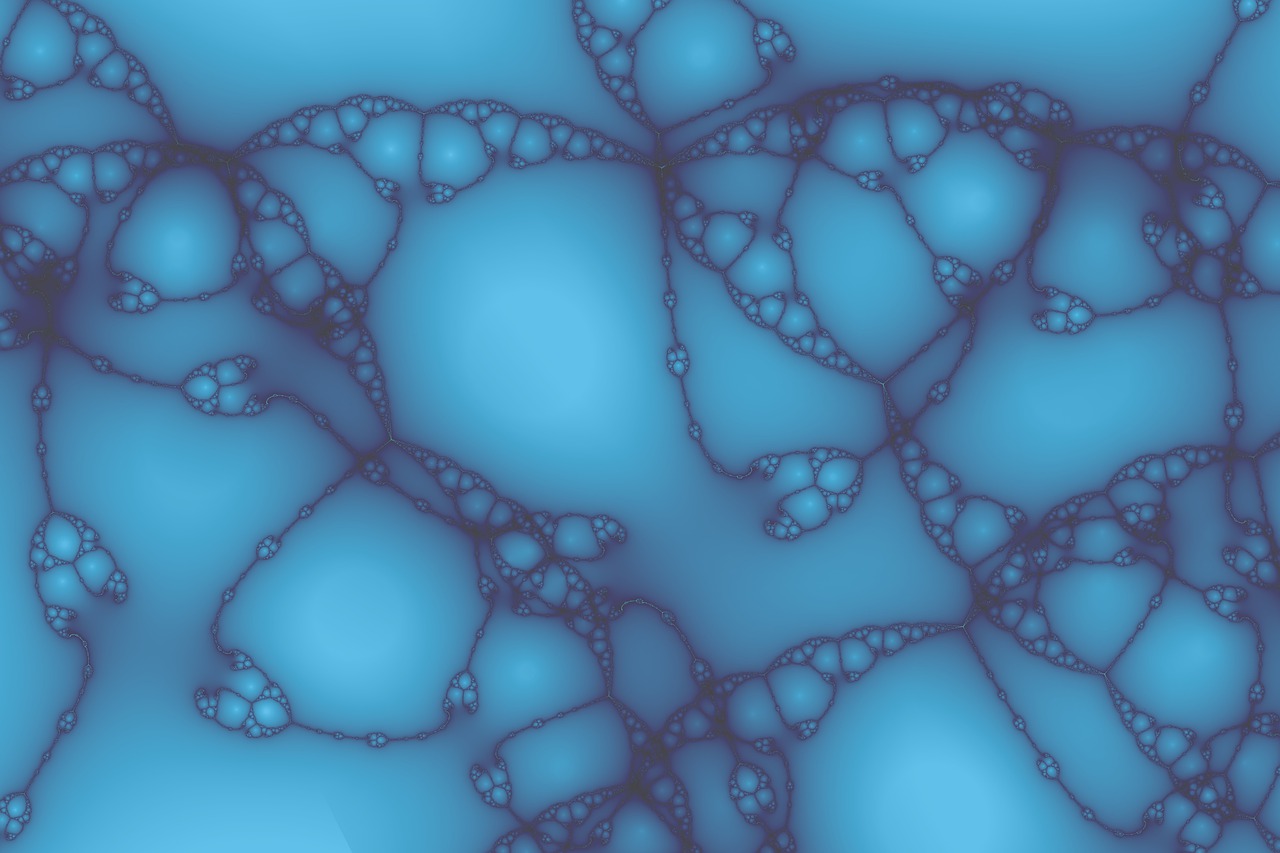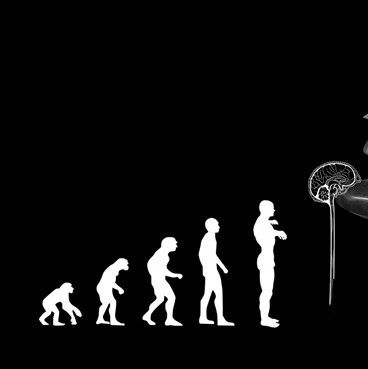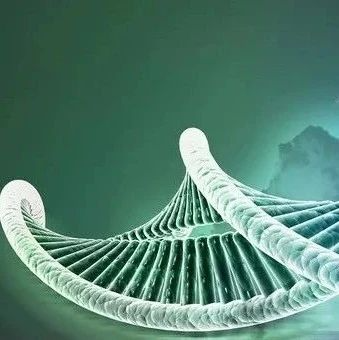 在人类进化的历史长河中,新石器时代标志着农业文明的出现和人类生活方式的巨大改变,特别是由于水稻和小麦等主要农作物的驯化所导致的人类食物结构的变化。
在人类进化的历史长河中,新石器时代标志着农业文明的出现和人类生活方式的巨大改变,特别是由于水稻和小麦等主要农作物的驯化所导致的人类食物结构的变化。
近日,中国科学院昆明动物研究所比较基因组学实验室宿兵研究员指导的博士研究生彭忆等研究人员通过对乙醇脱氢酶第47位氨基酸多态性(ADH1B*47His)的研究发现,这一氨基酸突变在人群中的分布和起源时间与中国南方新石器早期水稻的驯化及其扩散的模式非常吻合。考古学研究已经证明,中国南方发酵大米和酿酒的历史可以追溯到水稻驯化的早期,即9000年以前。携带ADH1B*47His突变的乙醇脱氢酶代谢乙醇的能力是普通乙醇脱氢酶的100倍,这导致代谢中间体乙醛的大量积累。乙醛短时间大量积累会导致诸如脸红、眩晕等不良反应,会阻止饮用者过量食用从而减轻乙醇对身体的危害,但同时又能够利用大米经过发酵后(如米酒等食物)的较高营养价值。这种自然选择作用导致ADH1B*47His在过去1万年间随着水稻种植的扩散在东亚人群中迅速增加,在中国江浙地区接近100%。
该研究是目前报道的仅有的几个人类对食物变化分子适应的例子,为了解新石器时代以来人群遗传结构的变迁以及自然选择的分子机制提供了新的证据。
研究结果发表于1月20日出版的BMC Evolutionary Biology 。(生物谷Bioon.com)
生物谷推荐原始出处:
BMC Evolutionary Biology 2010, 10:15doi:10.1186/1471-2148-10-15
The ADH1B Arg47His polymorphism in East Asian populations and expansion of rice domestication in history
Yi Peng , Hong Shi , Xue-bin Qi , Chun-jie Xiao , Hua Zhong , Run-lin Z Ma and Bing Su
Background
The emergence of agriculture about 10,000 years ago marks a dramatic change in human evolutionary history. The diet shift in agriculture societies might have a great impact on the genetic makeup of Neolithic human populations. The regionally restricted enrichment of the class I alcohol dehydrogenase sequence polymorphism (ADH1BArg47His) in southern China and the adjacent areas suggests Darwinian positive selection on this genetic locus during Neolithic time though the driving force is yet to be disclosed.
Results
We studied a total of 38 populations (2,275 individuals) including Han Chinese, Tibetan and other ethnic populations across China. The geographic distribution of the ADH1B*47His allele in these populations indicates a clear east-to-west cline, and it is dominant in south-eastern populations but rare in Tibetan populations. The molecular dating suggests that the emergence of the ADH1B*47His allele occurred about 10,000~7,000 years ago.
Conclusion
We present genetic evidence of selection on the ADH1BArg47His polymorphism caused by the emergence and expansion of rice domestication in East Asia. The geographic distribution of the ADH1B*47His allele in East Asia is consistent with the unearthed culture relic sites of rice domestication in China. The estimated origin time of ADH1B*47His allele in those populations coincides with the time of origin and expansion of Neolithic agriculture in southern China.







